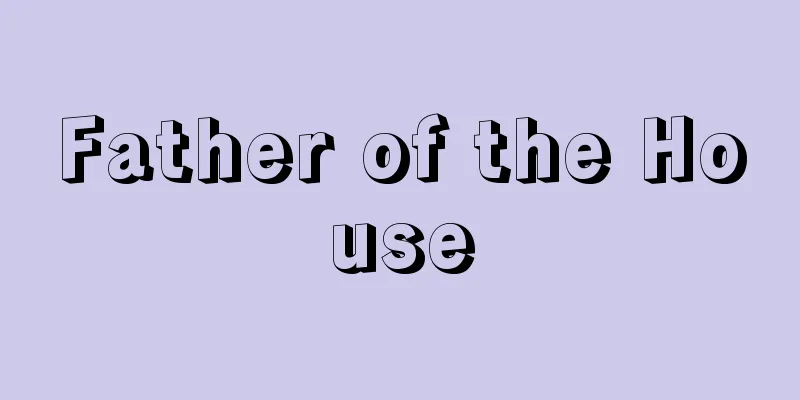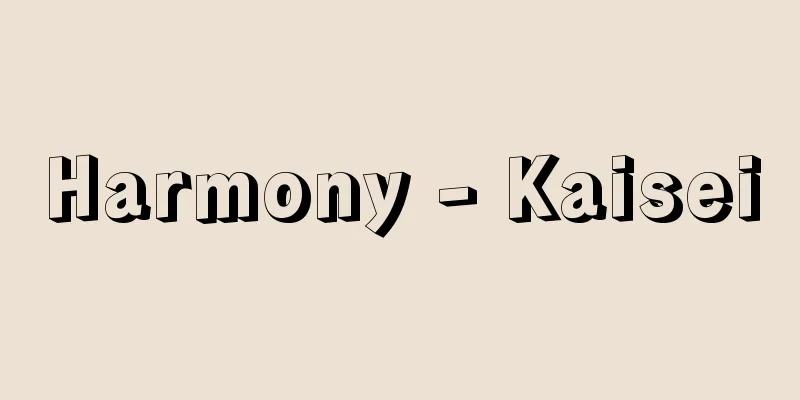Paumann, K.

|
...However, compared to vocal polyphony, which was already at a very high level, organ music at that time was very simple, and vocal music arrangements were the main focus. Early organ composers include F. Landini from 14th century Italy, A. Ileborgh (date of birth and death unknown), K. Paumann (c. 1415-1473), and A. Schlick (1455-1525) from 15th century Germany. The 16th to 18th centuries were the period when organ styles were established in each country, and the development of organ music was inextricably linked to this, with various types of organ music blossoming in each country. ... From 【German Music】...The 14th century Meistersingers that followed them had a stronger awareness of German language, bridging the gap to the next era. Medieval German polyphony was still in the stage of imitating Flanders, France, and England, but Konrad Paumann (c. 1415-73) and others in the first half of the 15th century showed that Germans excelled in music theory and demonstrated their own abilities in the field of organ music from an early stage. In the Renaissance, German musicians such as Paul Hofhaimer (1459-1537) and Ludwig Senfl (c. 1486-1542) finally became active in the field of polyphony, but it was the Flemish musician Isaac who influenced them. ... From [Arrangement]… In the West, especially after the 15th and 16th centuries, musical arrangements became an important method of composition. Konrad Paumann (c. 1415-1473) is famous for his arrangement of the German secular songs from the first half of the 15th century, the manuscript "Lochâmerslieder", into keyboard music in his "Elements of Organ Playing" (1452). This type of song arrangement for keyboard instruments and lutes from the 14th to 16th centuries is called intavolatura (Italian). Secular melodies were often used as cantus musiques in masses, and the melody of "L'homme armé" in particular was adopted by Dufay, Josquin des Prez, and others. … *Some of the terminology that mentions "Paumann, K." is listed below. Source | Heibonsha World Encyclopedia 2nd Edition | Information |
|
…しかし,当時のオルガン音楽は,すでに非常に高い水準にあった声楽ポリフォニーに比べると,ごく単純なもので,声楽曲の編曲が主であった。最初期の作曲家として,14世紀イタリアのF.ランディーニ,15世紀ドイツのイーレボルクA.Ileborgh(生没年不詳),パウマンK.Paumann(1415ころ‐73),シュリックA.Schlick(1455‐1525)などが知られている。16~18世紀は,オルガンの各国様式が確立された時代で,オルガン音楽の発展もこれと表裏一体をなし,各国が多様なオルガン音楽の花を咲かせた。… 【ドイツ音楽】より…その後を継いだ14世紀のマイスタージンガーではドイツ語がいっそう強く意識されて,次の時代への橋渡しをする。中世のドイツの多声音楽は,まだフランドル,フランス,イギリスを模倣する段階であったが,15世紀前半のパウマンKonrad Paumann(1415ころ‐73)らにおいて,ドイツ人が音楽理論にすぐれ,またオルガン音楽の分野で早くから独自の能力を発揮していたことを示している。 ルネサンス時代になると,多声音楽の分野でようやくホーフハイマーPaul Hofhaimer(1459‐1537),ゼンフルLudwig Senfl(1486ころ‐1542ころ)らのドイツ人音楽家が活躍するが,しかし彼らに影響を与えたのはフランドル人のイザークである。… 【編曲】より… 西洋では,とくに15,16世紀以降,編曲は重要な作曲手段となった。15世紀前半のドイツの世俗歌曲を収めた写本《ロハマー歌曲集》を鍵盤曲に編曲したパウマンKonrad Paumann(1415ころ‐73)の《オルガン奏法の基礎》(1452)は有名で,14~16世紀のこのような鍵盤楽器やリュートに合わせた歌曲の編曲形態をとくにインタボラトゥーラintavolatura(イタリア語)と呼ぶ。また,世俗曲の旋律がミサ曲の定旋律にしばしば用いられて,とくに《ロム・アルメL’homme armé》の旋律はデュファイ,ジョスカン・デ・プレらによって取り入れられた。… ※「Paumann,K.」について言及している用語解説の一部を掲載しています。 出典|株式会社平凡社世界大百科事典 第2版について | 情報 |
Recommend
Airdox (English spelling)
A type of explosiveless blasting method used in pl...
Honen
Year of death: 25th January 1212 (29th February 12...
Sammaizuka Tomb - Sammaizuka Tomb
Located in Okizu, Tamazukuri-cho, Namegata-gun, Ib...
Neutral detergent
Sodium alkylbenzene sulfonate A detergent whose aq...
"Etsumando Diary" - Etsumando Diary
...After being a buyer of land, he became a shins...
feeding habit
…These are also called carnivorous, herbivorous, ...
Ishikari [city] - Ishikari
A city in central Hokkaido. It was incorporated as...
Nguyen Van Hue - Nguyen Van Hue
…Leader of the Tay Son Revolution that arose at t...
Noriyuki Kaiho
...A Confucian scholar of the late Edo period. He...
Ryuichi Inamura
1898-1990 A peasant activist and politician from ...
Anisakis
…Anisakis nematodes are parasitic to the stomachs...
Sorbus sambucifolia (English spelling)
…[Hiroshi Aramata]. … *Some of the terminology th...
Goldenrod - Goldenrod
...The Akebono-shusuran (G. foliosa Benth.var. la...
King Mahendra - Mahendra Vir Vikram Śāh Deva
1920‐72 King of Nepal. Reigned from 1955 to 1972. ...
Somatostatin
Growth hormone secretion inhibitory factor. It is ...









